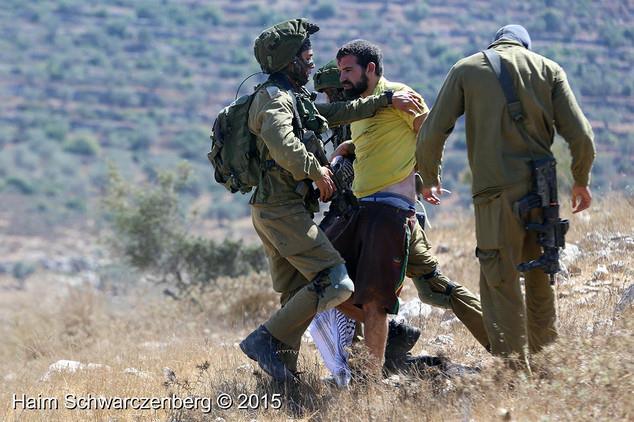Category: In the Media
-

Testimony: Vittorio Fera on his arrest and the Israeli system
Vittorio Fera is released on bail after an extremely violent and terrifying time in Israeli prisons. He is falsely accused of throwing stones and attacking Israeli soldiers. His case will be in court again Tuesday the 8th of September in Jerusalem. Here is Fera’s own testimony on the arrest, imprisonment and the international media attention:…
-

International media attention in the arrest of Vittorio Fera
1st September | International Solidarity Movement, al-Khalil Team | Hebron, occupied Palestine Friday the 28th of August Vittorio Fera was violently arrested by Israeli forces. He was beaten up during the arrest and treated badly in prison. His case was in court Monday 31st of August and is now postponed till the 8th of September. The…
-

Israel issues demolition order for mosque in East Jerusalem
22nd August 2015 | Ma’an News Agency | Silwan, Occupied East Jerusalem The article was originally published by Ma’an News Agency. JERUSALEM (Ma’an) — Israeli municipality officials delivered a demolition order Friday to the al-Qaaqaa Mosque, a house, and a studio apartment in the Silwan neighborhood of occupied East Jerusalem, local sources told Ma’an. Majdi al-Abbasi,…
